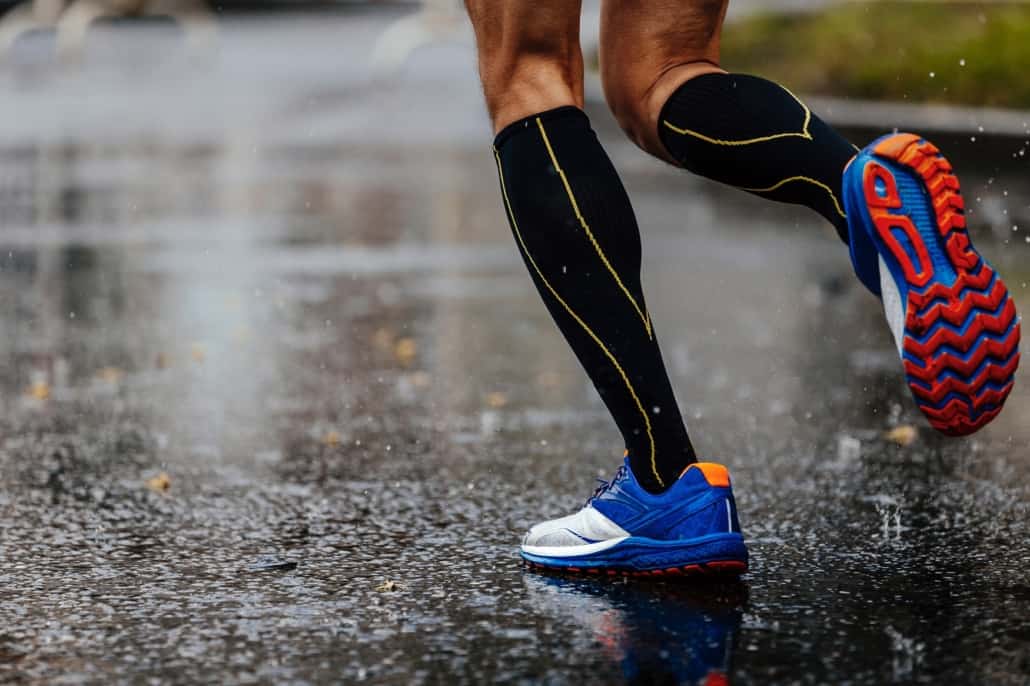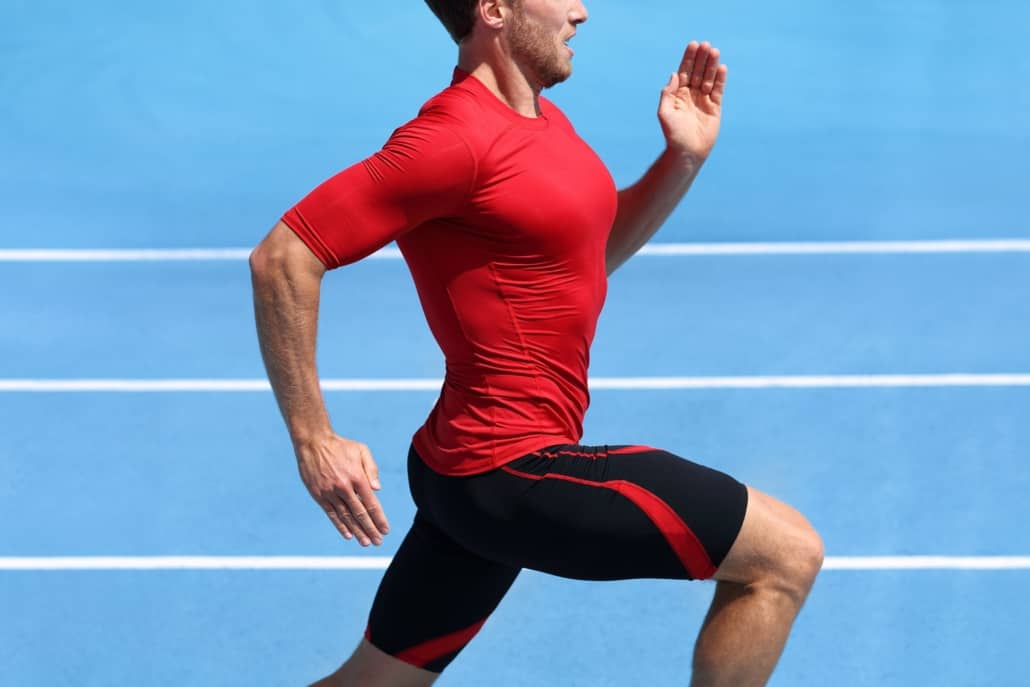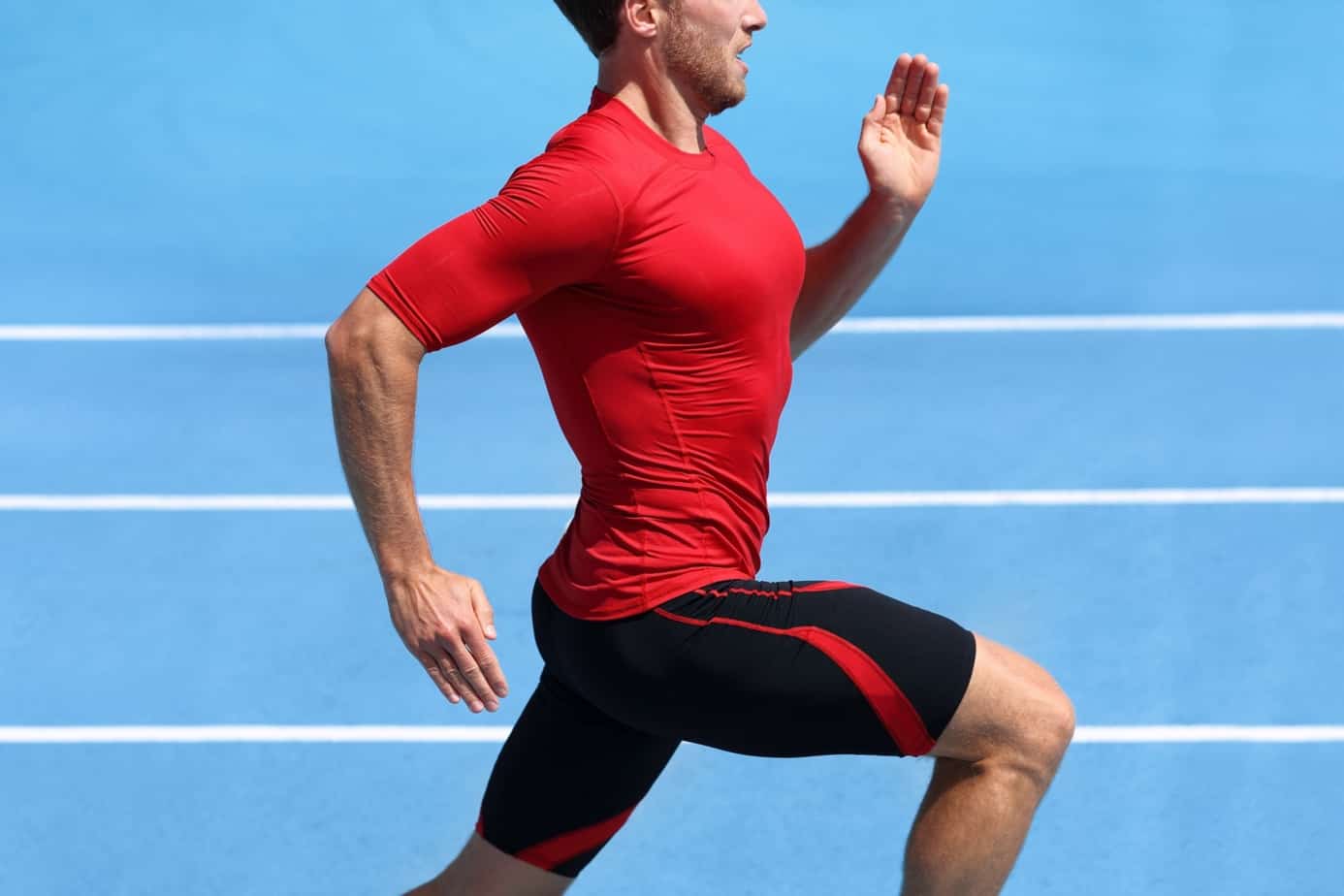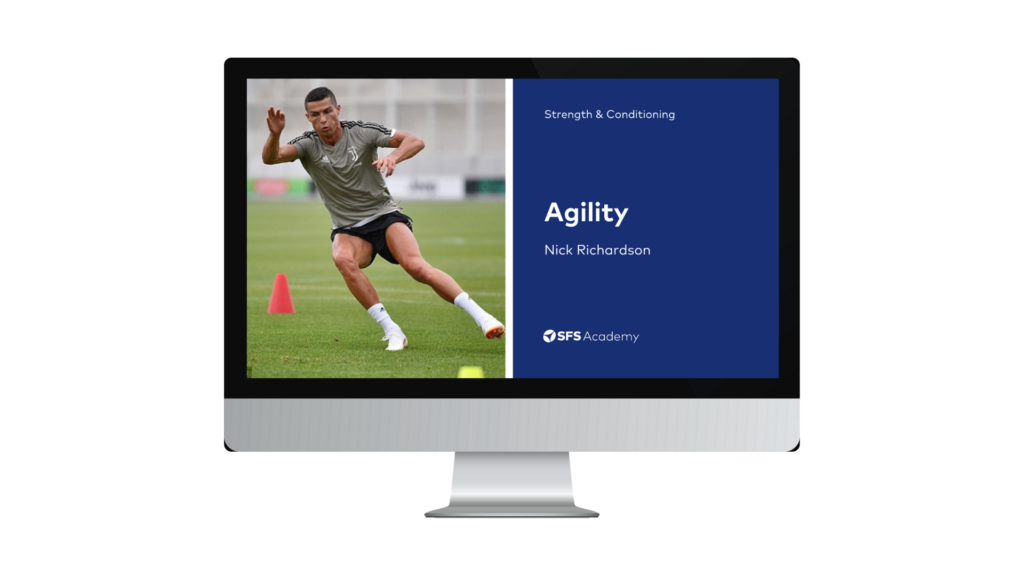Compression garments: What do they actually do, and can they boost performance?
Compression garments are everywhere nowadays, from elite athletes down to the average Joe. But what are they supposed to do, do they work, and should you be using them to improve your recovery?
Compression garments: Crucial recovery aid, or just a fashion trend?
I first started taking sport seriously more than 20 years ago now – that makes me feel very old. Back then, I was a track and field athlete – a triple jumper in fact. I was okay at it, but I definitely took it seriously. I trained three to five times a week, on the track and in the gym, and I wanted to be the best I could be. I was a member of my local team, which had a strong pedigree and provided a good environment for me to improve.
As young sportspeople do, I began to pick up some of the traits of my peers at the club – buying similar spikes to them and also copying some of the other clothing choices they made. This included lycra. I don’t remember really considering this to be unusual, but I think at the time it probably was. Back then, unless you did gymnastics, cycling, track and field or were a keen aerobics participant (a type of group exercise class – ask your mum or dad) lycra wasn’t really all that common. How times have changed…
I’m not going to stray into fashion here and start talking about activewear but now, lycra is a staple in most people’s wardrobes. Whether this is to go to the gym in, to wear under your shorts for rugby training, a full kit for the ‘MAMILs’ amongst us, or those weird sleeve-only things that NBA players wear, there’s a lycra option for your needs!
Rather than listen to my sartorial musings, we’re going to focus today’s blog on a particular kind of lycra clothing – the compression garment. Added to the list of massage guns and GPS devices, one of the most commonly seen bits of sports technology across social media, where so much advertising is done these days, are compression garments. They are supposed to aid with recovery through squeezing the muscles in a way to rid them of their evils – or something like that. They mainly come in the form of socks, shorts and short- and long-sleeve tops and are worn under your normal gear, or sometimes standalone. They’re sold by pretty much all of the big hitters and are also pretty tight – obviously.
So, let’s consider what is going on here. What are they supposed to do, do they work, should you be using them to improve your recovery and was I ahead of my time as a 15-year-old in full-length lycra trousers all those years ago?!

Fresh as a daisy…
When we exercise, especially when we do something we haven’t done before or we ramp up the challenge, we get sore. This soreness is a sign that our body has done something difficult, and it has to repair in a way that makes it able to cope with it should it experience it again. This principle of overload, when sustained during an exercise program, is what enables us to get fitter, stronger, bigger etc. This soreness usually only lasts a day or two but during that period it’s advised that you don’t work those muscles again at a high intensity.
Depending on your goals, this can be frustrating and not aligned to what is required of you. For most of us, this isn’t a huge issue, as we can take a little extra time between sessions. If you’re a professional though, and you have a soccer match on a Sunday and another on a Tuesday, or a tennis Grand Slam match that occurs over two days, you may not appreciate that soreness much at all! As such, methods to relieve this soreness including massage, foam rolling, ice baths and compression garments have crept into use. Some professional soccer clubs now even have members of staff dedicated to heading up recovery strategies, such is the importance of having the best players firing on all cylinders during key periods of the year.
The science of the squeeze
The theory behind the use of compression garments is that they have two main periods of use – during and, more commonly, after exercise. During exercise, it is thought they aid improved blood flow, therefore providing working muscles with more oxygen. The theory here is that as the blood returning from the lower body is having to work against gravity, squeezing the veins increases that pressure, a bit like how squeezing a hosepipe increases the water pressure – it aids the system in becoming more efficient. This would reduce the perceived difficulty of exercise at a given intensity, which we would all appreciate. It is also thought that the factor of wearing tighter-fitting clothing aids our proprioception, or our ability to know where our body is in space. This might sound a little odd but it is thought this will improve our ability to maintain a correct posture, which can help to make us more efficient.
Following exercise, as we’ve alluded to, compression garments aim to minimise delayed onset muscle soreness (DOMS). This is the specific muscle ache we have the day after a hard session. It is thought this is achieved through some of the same mechanisms as having a massage. It is thought they also increase the temperature of the muscle they are around. This also promotes blood flow and can promote healing.
Lastly, there are some rumblings that compression garments are able to reduce injury risk. This is linked to the fact that by aiding the warming of our muscles, we may be less likely to strain or pull a muscle.
Wouldn’t it be great if all of that were backed by science? Well, let’s see what we can unearth.
Starting off with the claims for use during exercise, it doesn’t seem like we are off to a great start. From the limited evidence out there, typically looking at runners, it doesn’t seem there’s much linking compression garments and improved running performance directly. This is likely because our bodies are already pretty good at what they do. When we exercise, the muscles, as well as propelling us around, are squeezing the blood back to our hearts. As a consequence, the addition of a compression garment doesn’t really add much to this system.
It was also hoped that by stopping our muscles from shaking too much when we hit the ground during running, this too may limit the micro-trauma to the muscle, which is associated with soreness. Sadly, it doesn’t seem like there’s too much to this one either. Also, though some studies have found that wearing tighter garments during exercise does indeed improve our proprioception, this hasn’t translated to better performance. Maybe this could be an advantage for those who are trying to overcome serious technique issues but as is often the case with science, we can’t say that for sure just yet.
So, let’s shift our hopes to recovery, and perhaps more where we think these types of clothing can benefit us. Thankfully, here we’re on slightly more solid ground. It does seem there is a link between the wearing of compression garments and reduced muscle soreness and fatigue. This likely is based on more solid foundations as its history lies in the medical rather than sporting realm. Compression has been used for years to reduce swelling after an operation by pushing pooled fluids and blood away from the specific area. This isn’t enough to improve performance during running, as we’ve said, but can be useful during recovery. Often such research points to weight training though, where there is obviously a huge muscular load. The evidence for improved recovery — measured by an ability to reproduce a performance during a 24-hr recovery phase in cycling and running — is limited. There is also limited evidence to suggest that DOMS duration or intensity is reduced following use of compression garments.

Compression garments for sport: Adaptation vs. recovery
One interesting point to consider when thinking about if you need or want compression garments in your life relates to the very thing they are trying to achieve. Compression garments are attempting to rid the system of the chemicals that make us feel sore and stiff. As we said at the start of this blog though, those chemicals are involved in the process of helping us to adapt. This is obviously less of an issue if we’re between matches at Wimbledon or we’ve got the Olympic 100m final tomorrow, but what if we’re trying to train for a four-hour marathon? Surely then we want those chemicals to help us to get fitter, not to dull them down so that we have a few hours where we aren’t so sore.
And this isn’t just the case of elite athletes versus us normals. Consider warm weather training camps that endurance athletes might do, or soccer or rugby players’ pre-seasons – they are very much aiming to adapt. So, this is quite an important consideration for your use of compression garments in sport. But not only that – this logic also applies to ice baths, foam rolling and massage. Sometimes there may be a balancing act between recovery and allowing adaptation but be mindful of your broader goals before you slap on every bell and whistle in pursuit of being 100% for the next session. If your program is correctly periodised and planned, then you won’t always need, or indeed want that to be the case!
Another thing to consider is the specificity of the products themselves. In many of the studies I’ve referred to in this blog, the investigators do not mention the tightness of the products used. As such, it is hard to know how tight they are supposed to be. Potentially, some studies with no positive findings may simply have not used tight enough garments. Scientists do suggest we’re looking for a Goldilocks effect here – it must be tight enough to increase blood flow but not too tight as to stop it. Frustratingly, it doesn’t seem we’re too sure where that level of tightness sits at the moment though.
Despite all of this, I know that some will be confused by reading this. On the other side of this argument is the case for what is probably the strongest reason for compression garments working – the strength of the placebo effect. Maybe the evidence isn’t strong enough to talk you all into purchasing compression garments. And in fact, a lot of them are pretty expensive. But for others, the slightly limited evidence shown here will be irrelevant, as you know it just “works for me”. I would rephrase that as “feel” it works for you rather than “know”, but there’s no doubting the power of placebo.
Maybe I’ll rewrite this in a few years with some more robust studies and we can be more sure one way or the other. For now though it seems that psychological benefits are likely near the top of the list for mechanisms behind any successes linked to compression garments.
Take-home points
It is a shame there isn’t a tighter case to make for the use of compression garments. Having said that, it certainly isn’t the worst sports technology evidence I’ve ever considered. It seems that use during exercise is not as well backed up as it is during post-exercise. It seems that through impacting blood flow, there are positive outcomes in helping people to feel less sore following certain types of exercise. Now you just need to consider whether you actually want to blunt some of these markers of overreaching or whether you’d rather put up with them to benefit from the associated adaptation.
As with so much of sports science, I’m afraid this is a bit of an ‘it depends’ situation. But hopefully now you’re a little clearer on what compression garments are supposed to do, and how close they might be to achieving that.
[optin-monster slug=”nhpxak0baeqvjdeila6a”]



